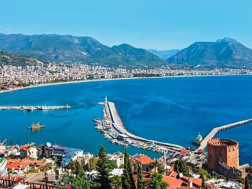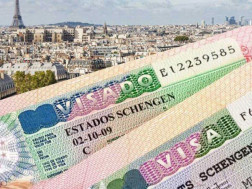About 263,000 tourism-related jobs were discontinued in Italy by the end of 2021– accounting for a massive labour shortage in the country.
The stats were revealed by the global tourism and travel body, World Travel and Tourism Council (WTTC), as part of research conducted with Oxford Economics on the period between the second half of 2021 and 2022, SchengenVisaInfo.com reports.
“If we cannot fill these vacancies, it could threaten the survival of travel and tourism businesses up and down Italy. Companies dependent on tourism have been hanging on for the upside; this is just another blow that many may not survive,” Julia Simpson, WTTC’s CEO, said also pointing out that Italy’s economic recovery could be at risk if the vacancies won’t be filled out as travellers are making a return in tourism.
According to WTTC, the Italian Travel and Tourism sector witnessed 215,000 jobs lost in 2020, which make up for about a 12.4 per cent reduction in direct employment. Although people travelled more in the second half of 2021, the labour demand surpassed the supply. Next year, the labour market is anticipated to improve as a high unemployment rate in Italy is evident, although staff shortages could remain within specific tourism sectors.
In addition, findings reveal that the labour demand for the second half of 2021 in Italy stood at 1.7 million while the shortfall was 260,000. This means that one in seven jobs is being unfulfilled in the country’s tourism sector.
The COVID-19 ongoing pandemic has affected the Italian tourism economy significantly, as €121 billion in 2020 was lost due to imposed travel and tourism restrictions. In addition, 337,000 workers in the industry lost their jobs, as WTTC revealed in a report published in the first half of 2021.
The figures also show that travel and tourism contribution to Italy’s GDP in 2019 was €236 billion or 13.1 per cent, which fell to €116 billion or seven per cent, in 2020, due to the pandemic.
WTTC’s report recommends solutions for governments and travel and tourism organisations to address labour shortages, recognising the impact of furlough schemes, including facilitating work mobility and remote working, establishing social safety nets, upskilling, and reskilling workers and retaining talent, as well as offering education and apprenticeships.
Before the pandemic, the travel and tourism industry was one of the leading sectors internationally, accounting for one in ten jobs. However, following travelling restrictions imposed due to the COVID-19 pandemic in 2020, 62 million jobs were lost – showing an 18.5 per cent decrease.
WTTC expects that the global travel and tourism sector’s employment will jump by 0.7 per cent by the end of 2021 and the beginning of 2022, representing an additional two million jobs. In addition, a year-on-year increase of 18 per cent is expected to occur in 2022, reaching 324 million jobs – only ten million fewer jobs than in 2019.
















